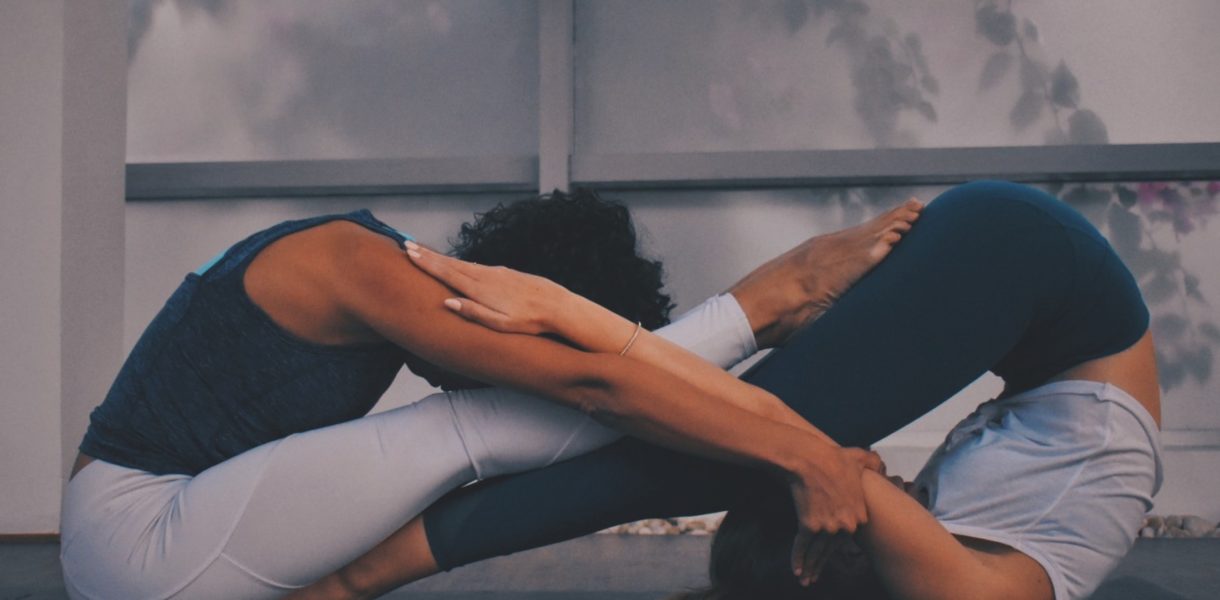Aestheticizing Health: Helpful or Hurtful?
When social media paints a picture of health, it unveils saturated green smoothies and stylish matching workout sets. It uncovers plush white blankets and serves thinly sliced lemons in iced cold water– while its attractive descriptor words, like “detox,” “cleanse,” and “glow,” invite viewers to partake.
TikTok, the most downloaded app in the second quarter of 2021, recently sported a trend that highlighted “that girl,” “that girl” referring to an ideal of a girl who eats healthy, looks healthy, and feels healthy, doing all of these things fashionably and enticing other girls to join in on the lifestyle.
Even outside of this trend, an influx of videos and photos has come to the internet to flaunt the allure of a healthy lifestyle. Physical health is symbolized by the consumption of solely colorful, low calorie whole foods; mental health is represented by face masks and fuzzy slippers.
These online portrayals of health promote health as something good-looking and trendy. This seems, at least in theory, like a clever method of encouraging women to prioritize their physical and mental health– but from a different lens, this aestheticization of health may not truly be promoting actual health.
The word “health” is generally defined as the state of physical and mental well-being, and while the word packs multiple interpretations, it is an objective fact that physical and mental well-being will not present itself in the same way on everyone; two women that are both in perfect health may lead completely different lifestyles and look completely different from each other. This is where a major flaw of the aestheticization of health begins to unearth itself.
Trends on social media that aestheticize health generally employ the same symbols of health across pictures and videos. They’re the green smoothies, the intense exercises in a matching workout set, and the face masks. By doing so, these trends imply that health looks a certain way across the board. At first glance, this may not seem like an issue; fruits, vegetables, and exercise truly are healthy across the board.
However, these trends risk promoting orthorexic eating habits by implying that health looks like everybody swapping out a meal for a green smoothie, they risk promoting overexercise by implying that health looks like everybody starting their morning with a run even if they haven’t eaten first, and they risk promoting general stress by romanticizing the adherence to a strict health routine and demonizing spontaneity.
Additionally, these trends portray the road to health unrealistically; changing one’s diet to only whole foods may realistically elicit harsh cravings, starting exercise after long periods without exercise may realistically lower energy at first, and sticking to plans may realistically not happen every single day.
The road to health leads to the right place, but that doesn’t mean the road is perfectly smooth– nor that the road will be the same for different people.
The aestheticization of health encourages women to pursue health for the wrong reasons: they will be pretty, they will feel free and energized all the time, and others will want to be like them. While some may argue that this is not truly a problem because wrong reasons can lead to right outcomes, it is undeniably easier to give up on health if the reason for pursuing it is to look prettier and one doesn’t find themselves looking prettier after a few weeks of implementing a new lifestyle.
Essentially, promoting health for its aestheticism comes with a set of drawbacks, from stripping women of their motivation to stay healthy if they don’t see certain results to driving women into stress by enforcing an “all-or-nothing” attitude that demonizes straying from set plans. That said, aestheticizing health may work well for other women. The aestheticism of health has potential to be both effective and evil.
The question that arises as a result is the question of how social media users can leverage the aestheticization of health to promote meaningful journeys to health while mitigating the harmful effects of these trends.
While there are many answers to this question, three of mine are to acknowledge the unrealistic messages from trending videos, to utilize the resources one has to figure out the best lifestyle for themselves, and to prioritize personal enrichment over external aestheticism.
Avoiding Harm from Aesthetic Health Trends
- Acknowledge unrealistic messages from trending videos
Upon watching a “what I eat in a day” video, a viewer might accidentally get the message that the meals presented in that video are along the lines of the kind of meals that the poster eats every day, or at least most of the time. It is important for the viewer to remember that the video was taken from one day, and that the message the viewer may have received may not be the same message that the poster was trying to convey nor a message that is real. - Utilize resources to figure out the best lifestyle for oneself
Although not everyone has access to a reliable doctor with whom they can check in, those that do have access to a doctor should utilize that resource for answers on what and how much they should eat, how much they should exercise, and what kind of lifestyle they should lead. The majority of influencers on TikTok and Instagram do not have identified credentials to give health advice, and as aforementioned, health advice is not going to be the same for everyone, so nothing on the internet necessarily applies to everyone either way.
If someone does not have access to a reliable doctor, they should try their best to leverage any other resources they might have that will allow them to conduct relevant research on how to lead a healthy lifestyle catered to their specific health needs. - Prioritize how one feels over how one looks
The aestheticization of health makes the journey to health about an end look: being put together, having a body that adheres to societal standards of what a beautiful body should be, and living a “pretty” lifestyle.
The journey to health, to most authentically get to a point of health that can be sustained, must not be about an end look, rather about an end feeling– the feeling of physical and mental well-being.
By implementing these three tactics to look at aesthetic health videos through a new lens, hopefully viewers can start to not necessarily want a green smoothie or to wake up at 5:00 am for a 5 mile run after seeing an aesthetic health video, but to instead think about how they can find the meal plans and exercise plans that suit their lifestyle best.
The path to leading a healthy lifestyle does not have to look pretty all of the time.
It just has to be a path that everybody can walk on.






